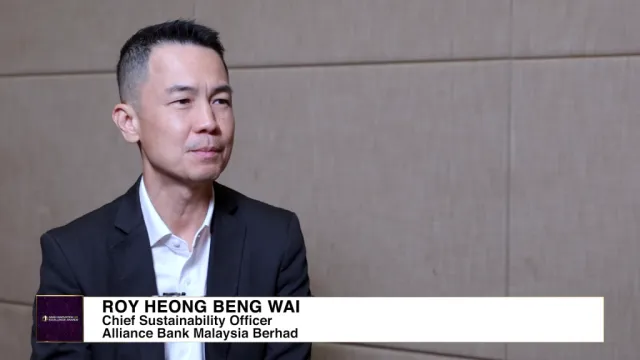
S. Korea leads mobile game scores in East Asia as 5G improves gaming experience
The country led the Game Score with 90.06 out of 100 during H1 2024.
South Korea emerged as the leading market for mobile gaming in East Asia as 5G connectivity in the country provides a seamless gameplay experience for users, Ookla Research reported.
In Ookla’s Speedtest Game Score, South Korea earned the highest Game Scores across all mobile technologies in the region during H1 2024 with a score of 90.06 on a 100-point scale. This was followed by China and Japan with scores of 85.64 and 81.85, respectively.
Game Score is a unique measure to assess consumer gaming experience across different networks and takes into account different aspects of a consumer’s gaming experience based on multiple network key performance indicators.
It is also based on Ookla’s consumer-initiated Speedtest results for download and upload speeds, and latency and jitter measurements taken to real-world game servers.
Each of these components is evaluated and scored on a scale of 0 to 100, and then combined in a weighted average to produce a Game Score. A higher score signifies a better gaming experience for the user.
The report also showed that South Korea stands out with the lowest gaming latency across all technologies compared to neighbouring markets in East Asia with a median gaming latency of 55 ms.
This significantly outperformed other markets such as Japan with a median gaming latency of 68 ms, China with 85 ms, Taiwan with 84 ms, and Hong Kong with 87 ms.
According to Ookla, game latency, or the delay before data transfer starts, is the key for gaming. Higher latencies suggest potential delays and less fluid game experiences, whilst lower latency equals faster reactions in-game, and 5G’s ultra-low latency removes lag in online games, making gameplay smooth and responsive.
Whilst South Korea was reported to have the lowest latency, Ookla revealed that all of the markets in East Asia have improved latency on 5G compared to 4G, and that all markets had a latency of below 80 ms during H1 2024.

















 Advertise
Advertise






